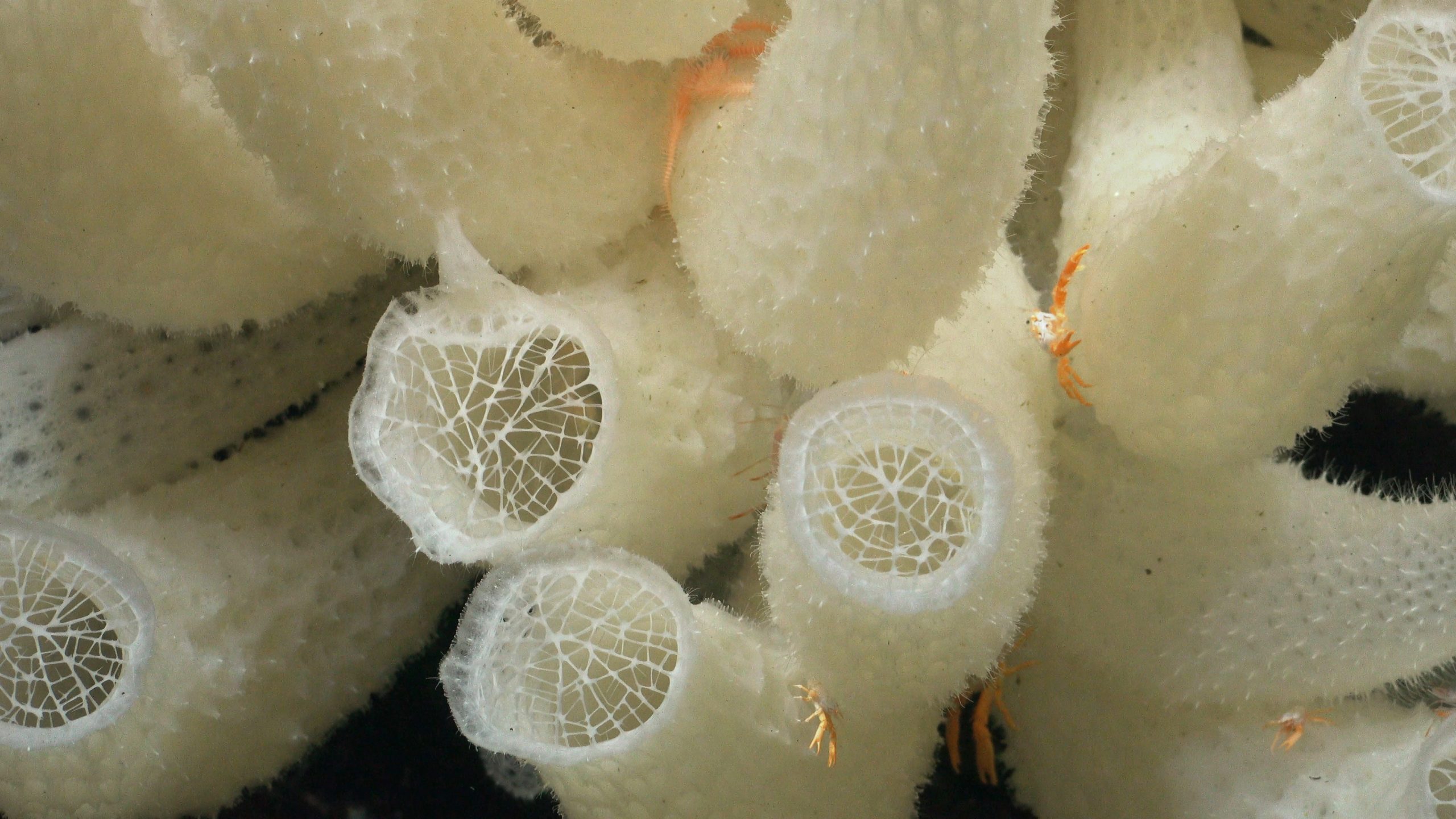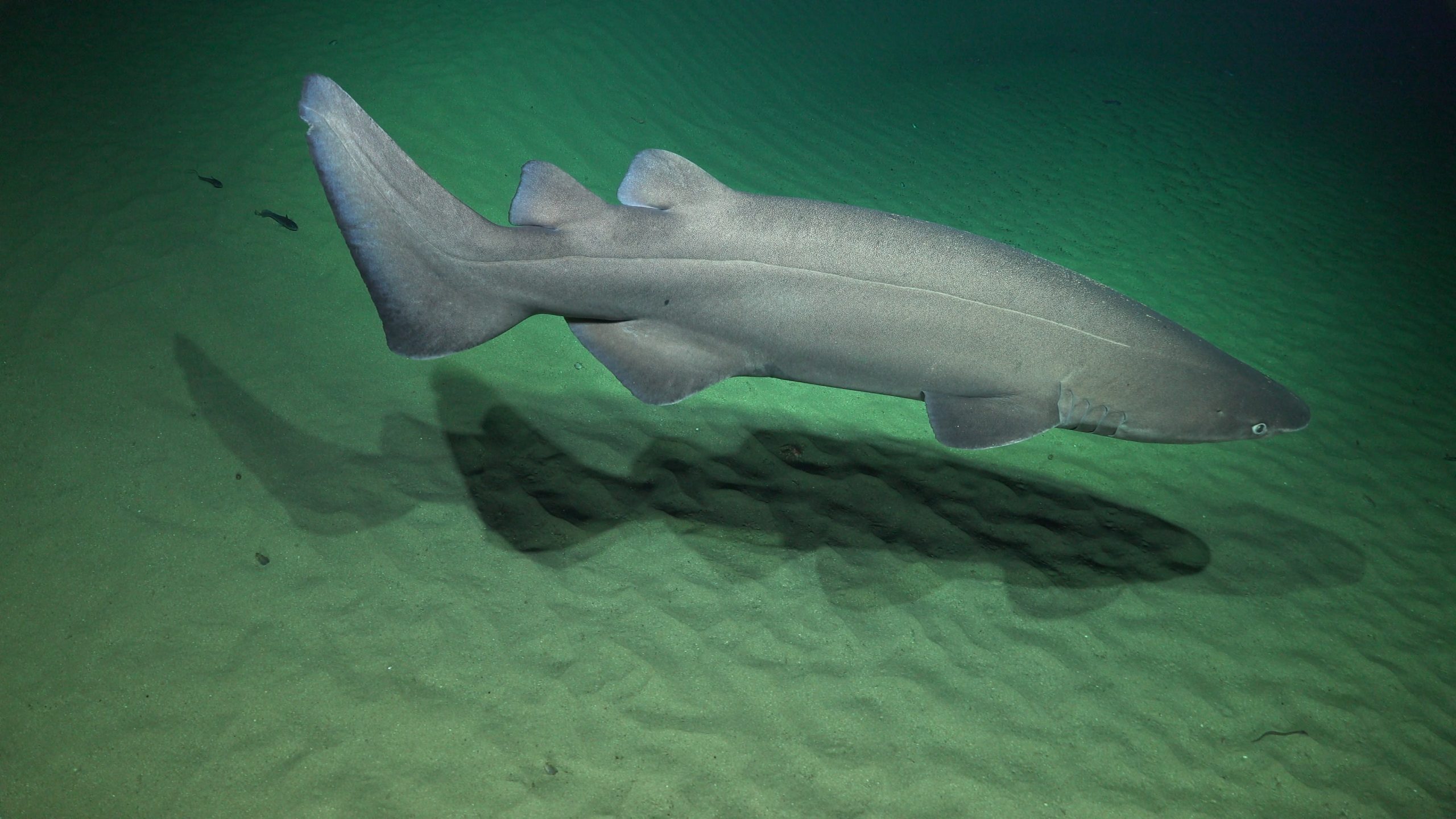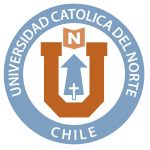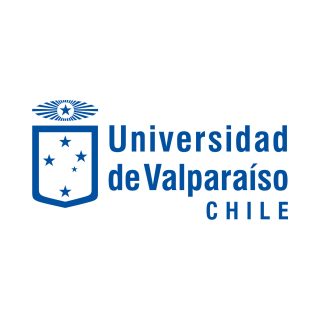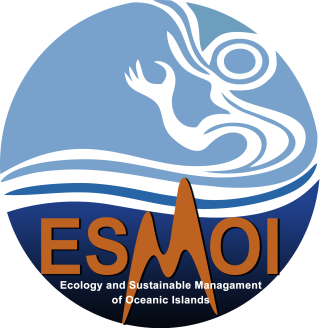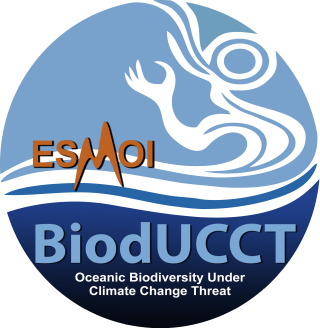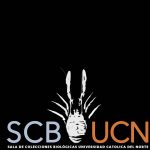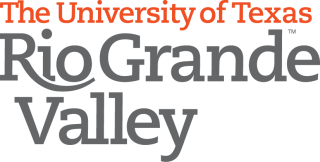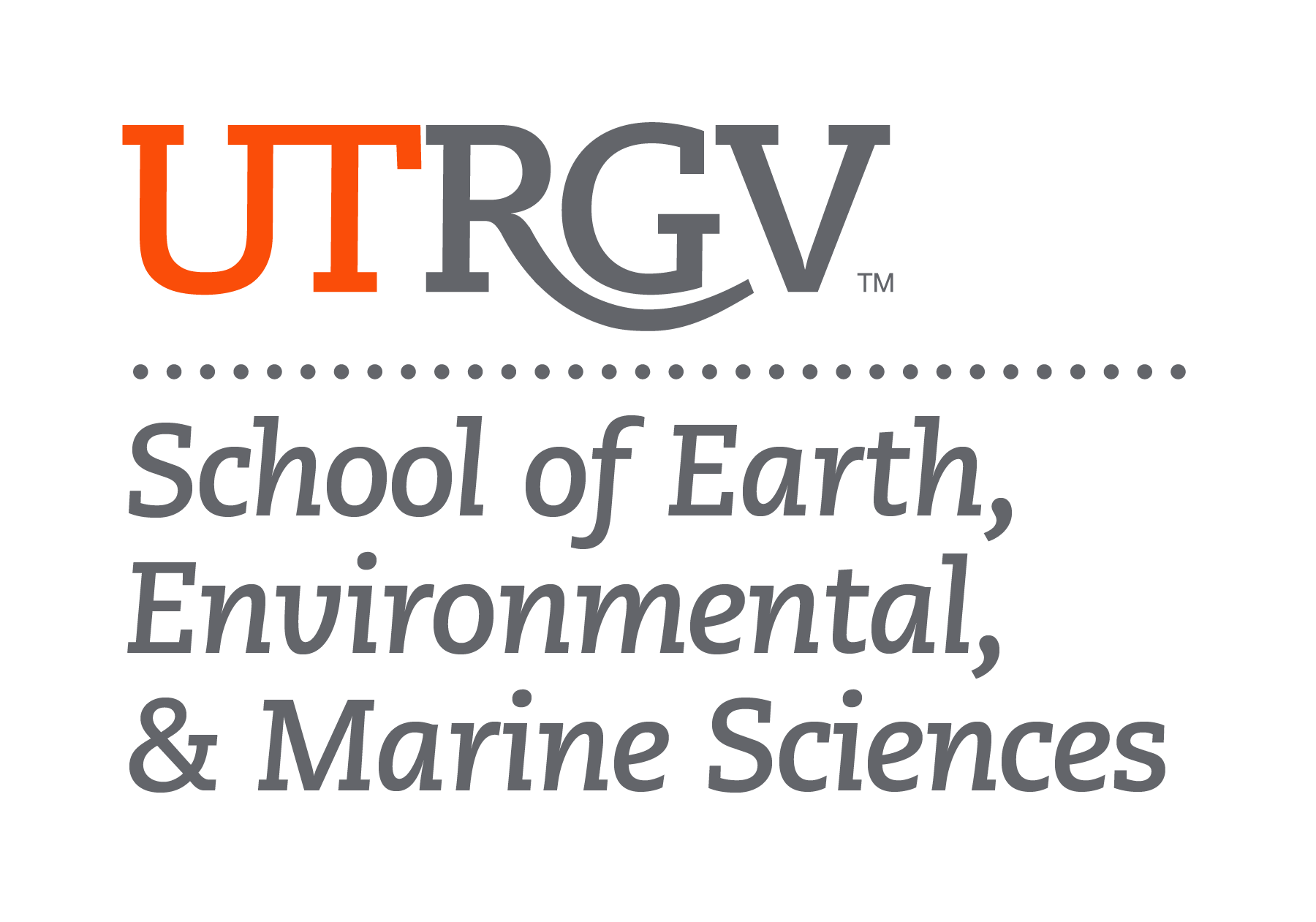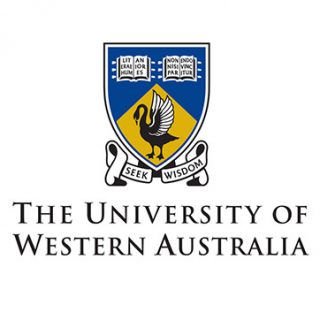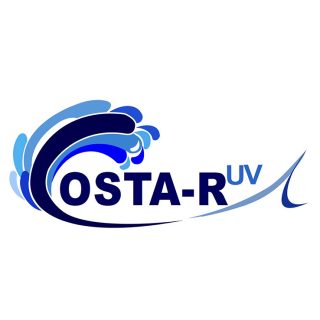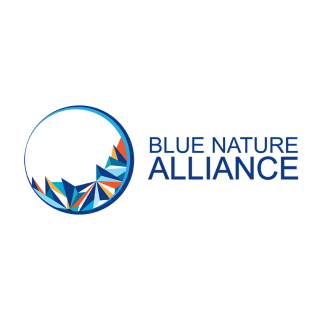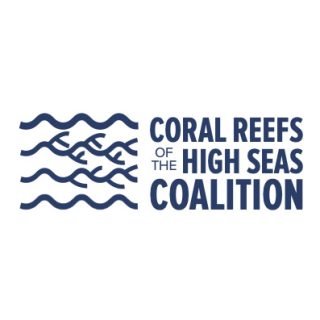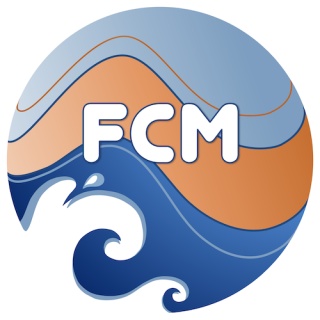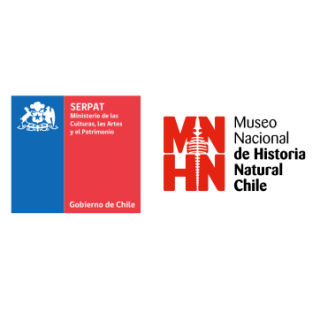Expedition dates: Jan. 8 – Feb. 11, 2024
Underwater mountains, or seamounts, are remarkable features on the seafloor, playing an integral role in oceanic processes and connectivity. Rising up from the depths, seamounts create complex current patterns that influence what lives on and above them. They are an oasis for deep-sea communities, providing food, shelter, and a solid surface to cling to.
The Salas y Gómez, Nazca, and Juan Fernandez ridges are underwater mountain ranges, created by volcanic activity, that stretch over 2,900 square kilometers and run perpendicular to South America. The region is further isolated by the Atacama Trench, the Humbolt Current system, and a large oxygen minimum zone or OMZ. These strong influences make the ridges biodiversity hotspots with some of the highest marine endemism globally — nearly half of the species living here exist nowhere else on Earth.
Led by Drs. Javier Sellanes and Erin Easton, this international team will focus on understudied southeast Pacific seamounts, where only a few summits have been studied previously. Using R/V Falkor (too)’s multibeam, CTD, sensors, ROV SuBastian, and a baited camera attached to a lander, the team will study the deep slopes of seamounts on the eastern side of the ridges. Many of the dives will take place in the world’s third largest fully protected marine area, the Nazca-Desventuradas Marine Park, a park roughly the size of Italy. They will also visit the Juan Fernández Multiple-uses Marine Protected Area. ROV dives will help scientists create a complete picture of seamount biodiversity from the bottom of the mountain to the top. All of the data collected will contribute to Chile’s effort to establish a high-seas marine protected area along the Nazca and Salas y Gómez ridges.
Exploring biogeographic boundaries
Physical and biological forces interact, creating distinct biogeographic regions that influence what can live there and how much life an area can support. Scientists have observed and studied a biogeographic boundary impacting what organisms, or fauna, live between the Indo-West Pacific and the East Pacific. A key objective of this expedition is to determine if such a boundary is also present at greater depths and if the deep-sea organisms on the lower slope are related to intensively studied ecosystems elsewhere in the Pacific.
Using the R/V Falkor (too)’s multibeam sonar and subbottom profiler, researchers will create detailed maps of the terrain in order to identify the best locations for ROV dives and sampling. The science team intends to focus on previously unstudied biodiversity — deep-sea corals, sponges, and associated invertebrates, and fishes — along the deep slopes of the seamounts and compare them to known communities between the Indo-West and East Pacific. The team will conduct non-destructive surveys on 10 seamounts of Salas y Gómez, Nazca, and Juan Fernández Ridges, representing complex topographic features with potentially sensitive organisms on the seafloor.
Understanding impact
With less than 1% of the Earth’s seamounts thoroughly mapped and sampled, this research will help scientists better understand how human and oceanic forces are influencing life at some of the least studied seamounts in the Southeast Pacific. Communities living on seamounts usually include long-lived, slow-growing, slow-to-reproduce, and fragile habitat-forming invertebrates. This makes seamounts particularly sensitive and vulnerable to human disturbance and exploitation.
In 2016, Chile banned bottom trawling on seamounts — one of the most destructive fishing methods — because it involves dragging a net along the seafloor or seamount slope to capture fish or crustaceans. The process destroys entire seafloor habitats. Exploring Chile’s seamounts will help scientists examine ecosystem recovery following the ban.
Furthermore, a global alliance of partners whose objective is to protect coral reefs in areas beyond national jurisdiction, the Coral Reefs of the High Seas Coalition or CRHSC, has been working since 2019 to synthesize scientific information and propose conservation measures to protect the Salas y Gómez and Nazca ridges. This work led to the publication of a large number of scientific papers and educational materials over the last four years.
In April 2021, Chile launched an effort to create a high seas marine protected area, known as an MPA, in the Salas y Gómez and Nazca ridges, as a priority measure to address the climate crisis; this was the first political action carried out by a government to protect this area. After the announcement, the proposal was presented to the scientific committee of the South Pacific Regional Fisheries Management Organization in September and in June 2022 it was announced during the UN Ocean Conference in Lisbon. In November 2022, Chile and CRHSC co-hosted the workshop, Pathway to Protect Salas y Gómez and Nazca Ridges, and more recently, in February 2023, they hosted Pathway to Protect Critical High Seas Areas during the International Marine Protected Areas Congress in Vancouver.
The coordinated efforts of Chile and CRHSC include building international political support for the creation of the first High Seas large-scale marine protected area in the waters of the Salas y Gómez and Nazca ridges. The data collected during the expedition will help further clarify challenges and opportunities for future protection. A detailed understanding of biodiversity in and outside Chile’s marine protected areas will give scientists and officials tools for protecting and managing this vital resource, while supporting future marine management plans for the Southeast Pacific.
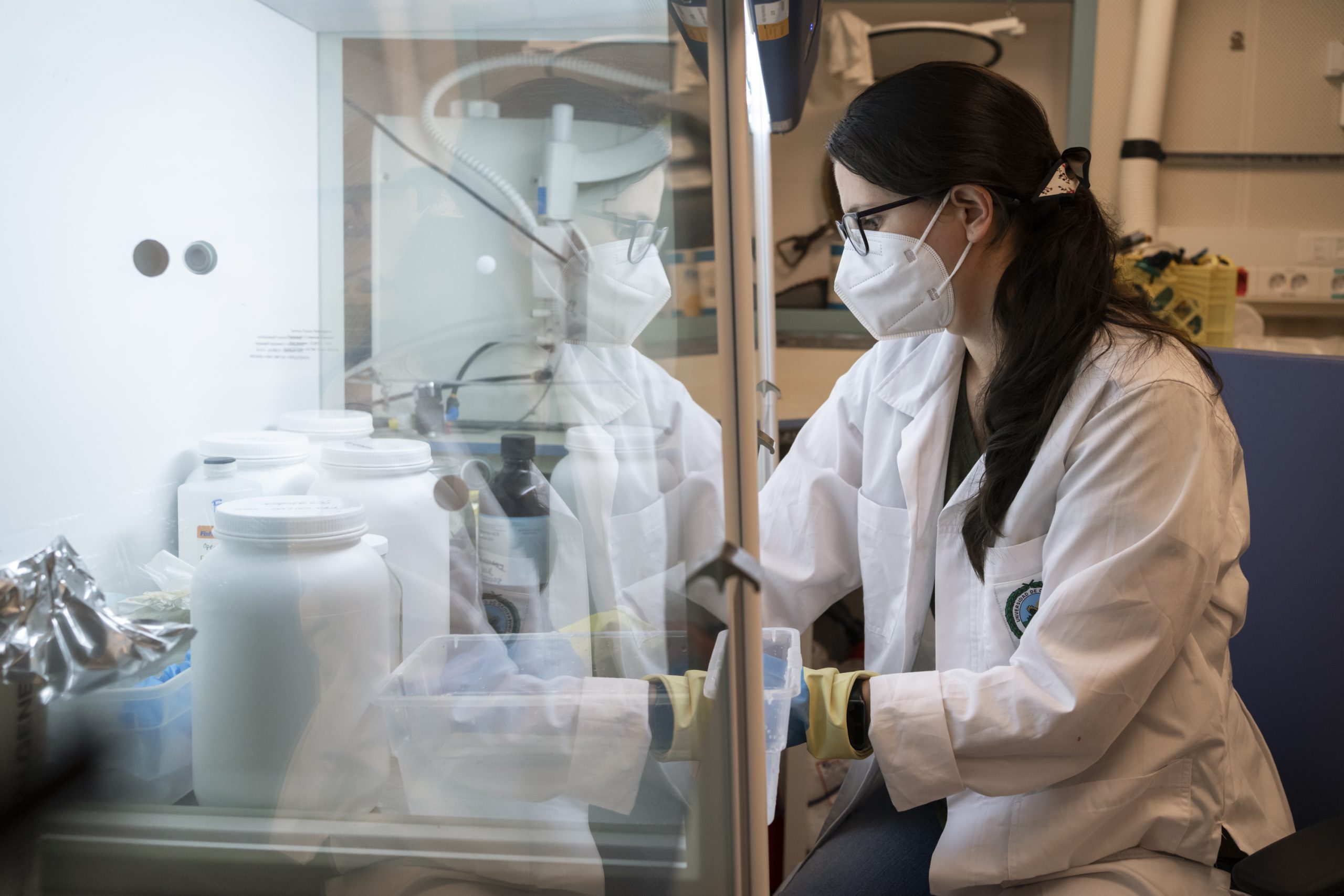
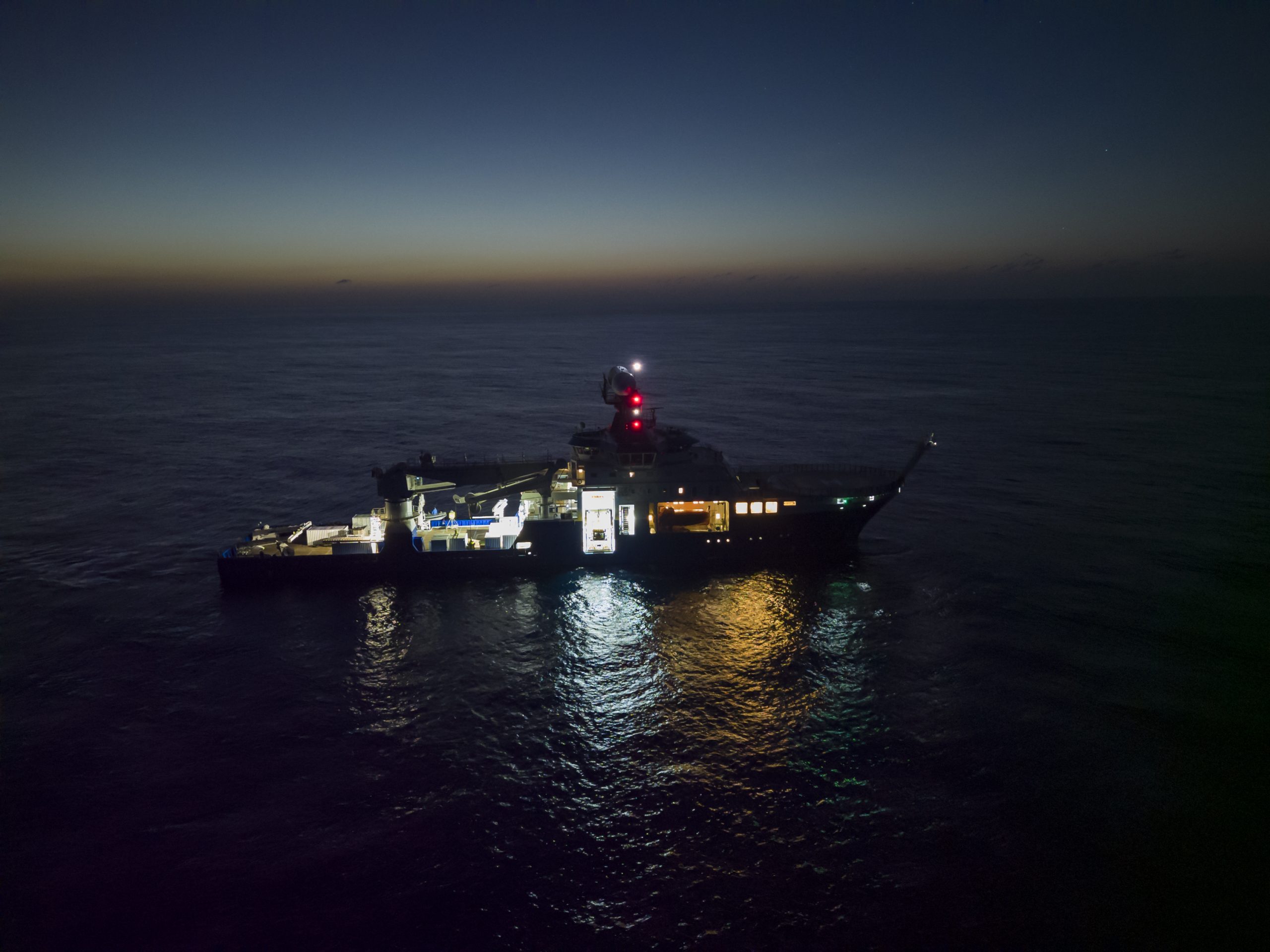
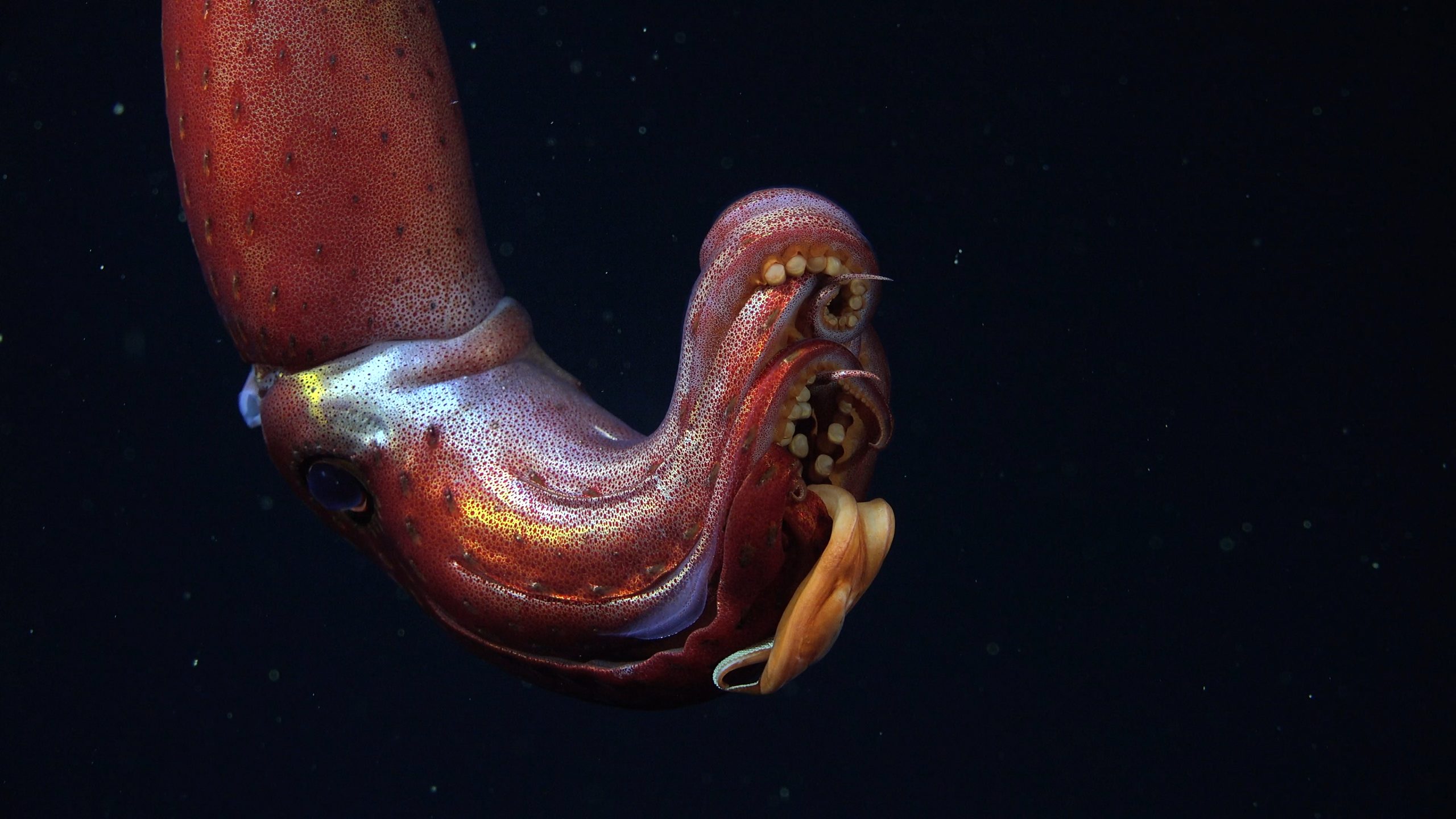
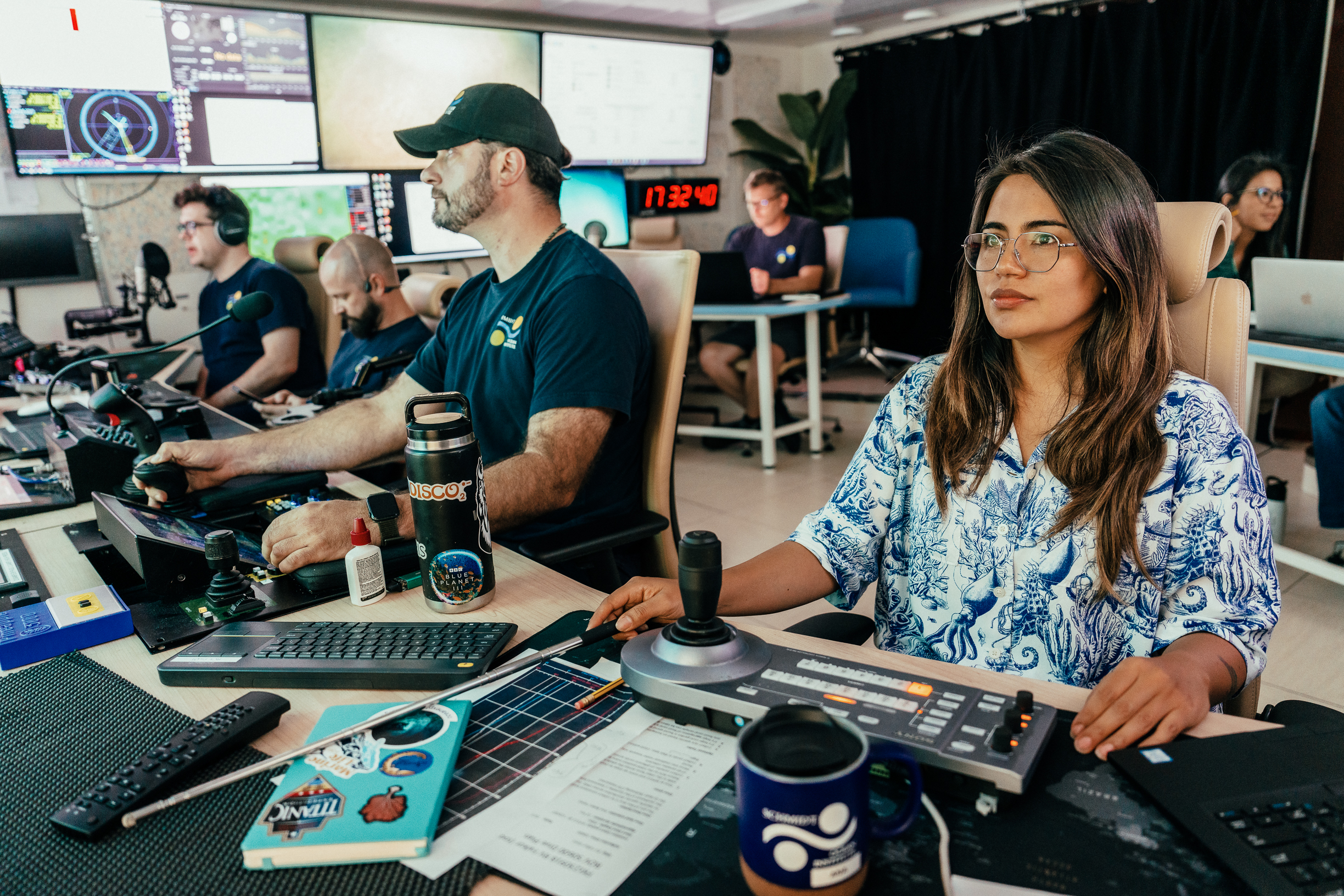
Data & Publications
A list of samples collected on the expedition (FKt240108) can be viewed here.
ADCP data collected by R/V Falkor (too) during this expedition is now available on the University of Hawaii’s Currents data page.
A provisional list of nematode species encountered, curated by Dr. Matthew Lee is available here. (The list is subject to change and will be updated as the samples collected are further analyzed).
In the News
Los secretos del mar: científicos descubren más de cien especies marinas que podrían ser nuevas para la ciencia
Noticias ambientales | March 26, 2024
Scientists find more than 100 new species off the coast of Chile
DIVE Magazine | March 25, 2024
Há dedo português na descoberta de 100 novas espécies marinhas no Chile
SIC Noticias | March 25, 2024
Underwater Robot Discovers More Than 100 New Species in Chile
My Modern Met | March 19, 2024
Scientists Discover 4 New Octopus Species in Deep Sea
The Wild Times Podcast | March 19, 2024
A new species of bizarre worm discovered in the ocean depths
Techno-Science | March 13, 2024
A Maine scientist helped discover 4 new species of deep-sea octopus
Press Herald | March 11, 2024
More new species? We can’t look after the ones we have! | First Dog on the Moon
The Guardian | March 8, 2024
Hasta cien nuevas especies: el tesoro biológico que esconden las montañas submarinas de Chile
El País América | March 7, 2024
Dozens of new species discovered in deep sea expedition | CNN
CNN | March 4, 2024
A glimpse at some of the 100 new deep sea species discovered off the coast of Chile
PBS Newshour | March 4, 2024
More than 100 new species of sea life found on ocean mountains off Chile
BBC Newsround | February 29, 2024
100 suspected new species found deep off Chile
Divernet | February 28, 2024
Meet the newest ‘walking’ fish—a bright red creature of the deep
National Geographic | February 27, 2024
Stunning video shows never-before-seen deep sea creatures
YouTube | February 27, 2024
Photos show never-before-seen sea creatures living in an underwater mountain that dwarfs the Himalayas
Business Insider | February 24, 2024
Marine researchers find more than 100 new species in South Pacific during expedition
Sky News | February 24, 2024
Researchers discover 100 new alien-like species off the coast of Chile
FOX | February 24, 2024
Video Over 100 new species discovered in South Pacific
ABC News | February 24, 2024
See the dozens of new species this deep-sea robot just discovered
Washington Post | February 24, 2024
Scientists Discover More Than 100 New Species on Seamounts off the Coast of Chile
Victoria Advocate | February 22, 2024
WATCH: Researchers discover more than 100 new species in the South Pacific
Your Basin | February 22, 2024
Abundant Life Found on Seamounts Off Chile’s Coast
Marine Technology | February 22, 2024
Over 100 Never-Before-Seen Species Discovered Along Deep Sea Mountain Range
IFL Science | February 22, 2024
In massive underwater mountain range, scientists find more than 100 new species
Science | February 22, 2024
